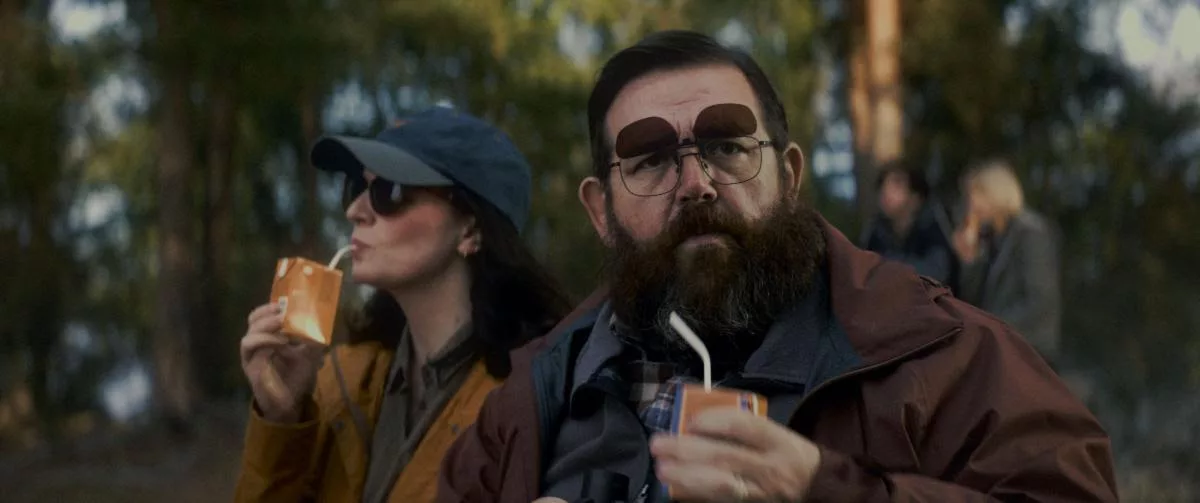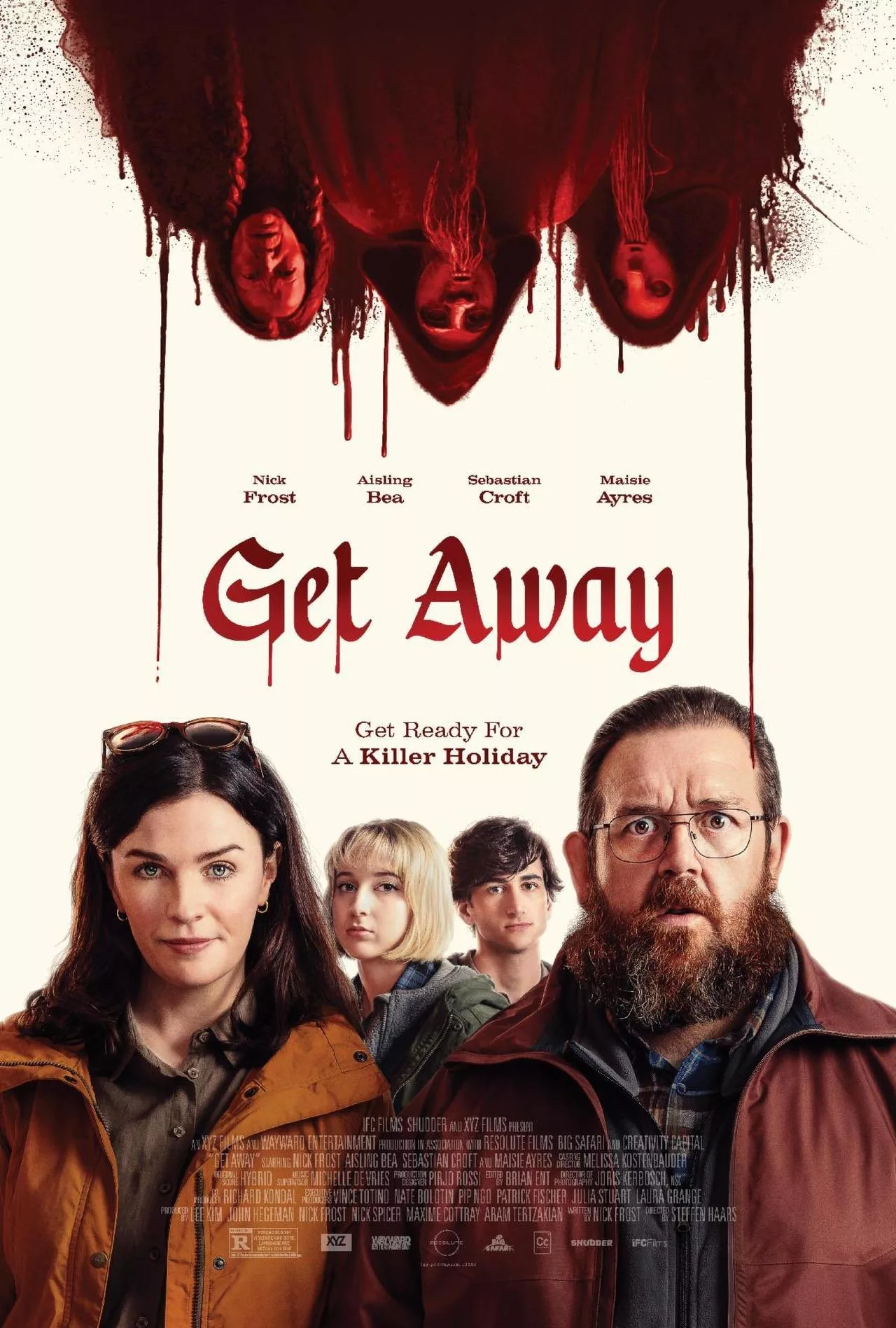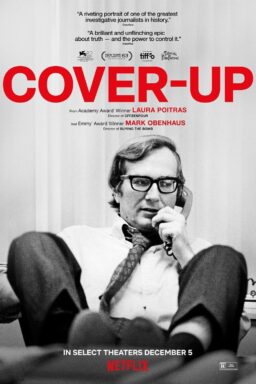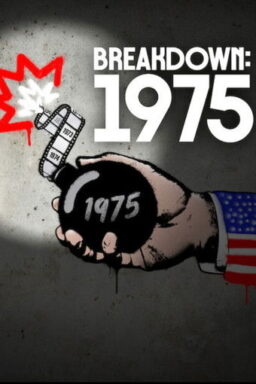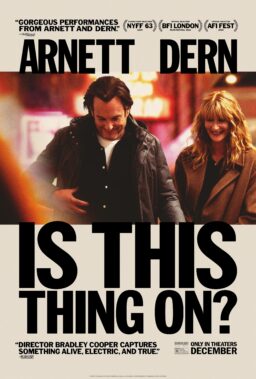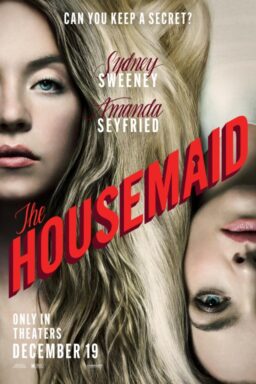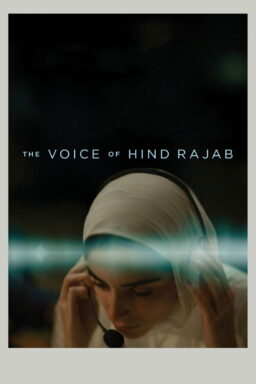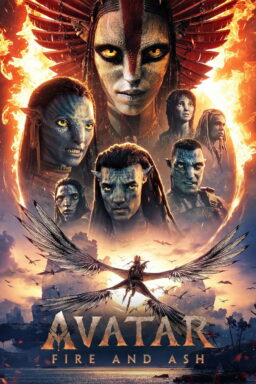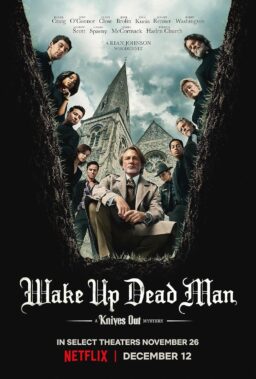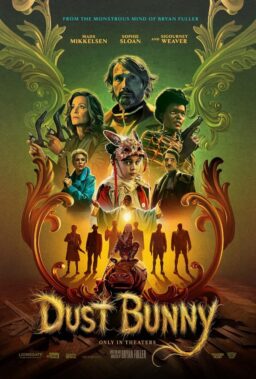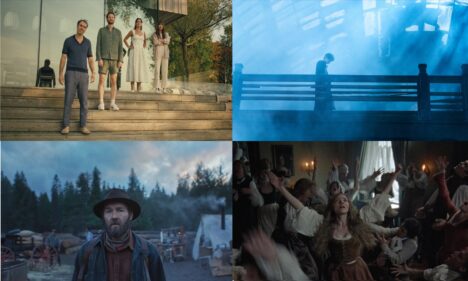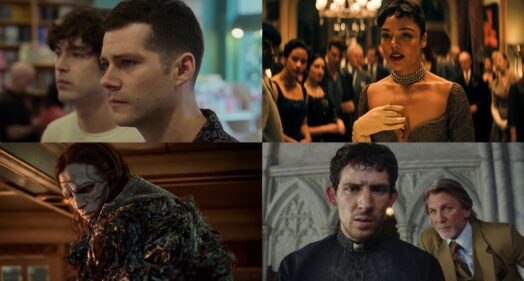Steffen Haars’s “Get Away” is a one-joke film, and it doesn’t even have a good punchline. To be fair, it’s better than the truly abysmal collaboration between Haars and writer/star Nick Frost earlier this year, “Krazy House.” But it suffers from many of the same problems, including shallow observations about the façade of the modern family, ultra-violence that borders on brutality, and an alleged turning of the tables that substitutes for an actual plot. Frost can be such a delightful screen presence in the right material that it’s disheartening to see him stuck in projects that can’t even justify their 90-minute runtime with more than 20 minutes of storytelling.
The “Shaun of the Dead” star plays Richard Smith, the relatively ordinary patriarch of a family that includes wife Susan (Aisling Bea), son Sam (Sebastian Croft), and daughter Jessie (Maisie Ayres). The Smith clan is headed on a family vacation to the Swedish island of Svälta, eager to participate in an annual event known as Karantan. As one might imagine, the residents of Svälta don’t want interlopers around during a culturally resonant event, especially after they learn that Susan’s ancestors have a dark connection to the island. But the Smiths promise to stay out of the way, merely being observers from their AirBnB rental. Echoes of folk horror like “The Wicker Man” and “Midsommar” are very intentional, but Haars and Frost lace their incredibly long set-up with signs that everything is not as it seems.
The first hour of “Get Away” consists mostly of culture clash issues between the Smiths and the locals, alongside threatening behavior from the Svälta residents, especially the AirBnB owner that is covertly monitoring the family as he lusts after Jessie. So much of the humor in the set-up falls flat as Haars and company struggle to figure out what movie they’re making. The truth is that they’re really just treading water until they can get to the “good stuff” after the film takes a sharp (but heavily foreshadowed) right turn and becomes something that only half-asleep audience members won’t be expecting. It’s a twist that Frost would have been smarter to reveal earlier for two reasons. One, it’s cheap the way it’s constructed now, turning so much of the movie’s first half into an elaborate cheat. Two, it might have actually created more tension if we were let in on the joke instead of feeling like victims of the twist ourselves.
To be fair, the twist does allow Haars to do what he really wants in the final act, turning up the makeup and fake blood budgets. And there are some well-staged sequences in the carnage that unfolds, making it clearer than the entirety of “Krazy House” or first hour of this movie what Frost sees in Haars as a filmmaker. For the first time, everyone seems to be having fun. It’s just too bad the trip took so long to get there.

